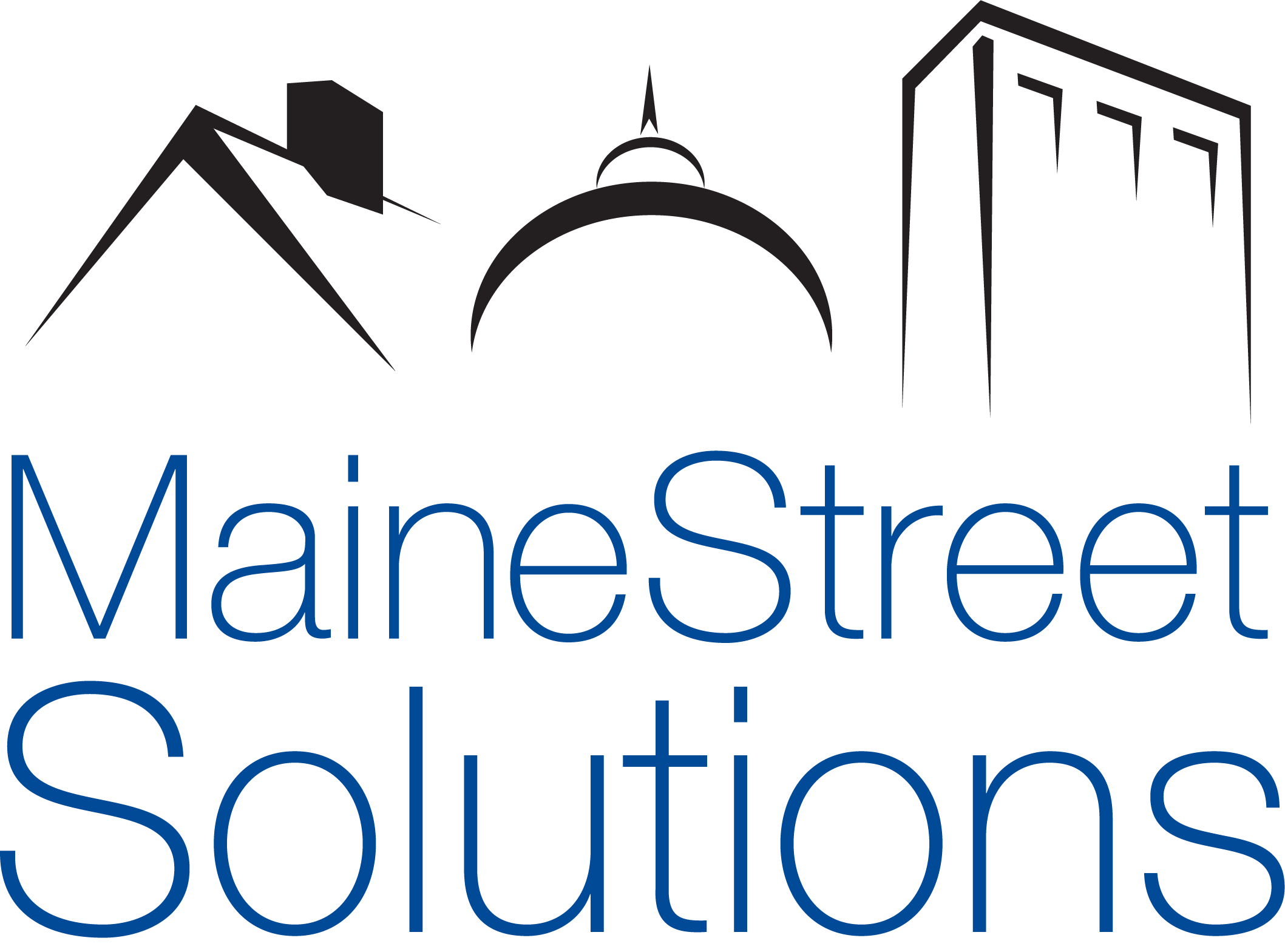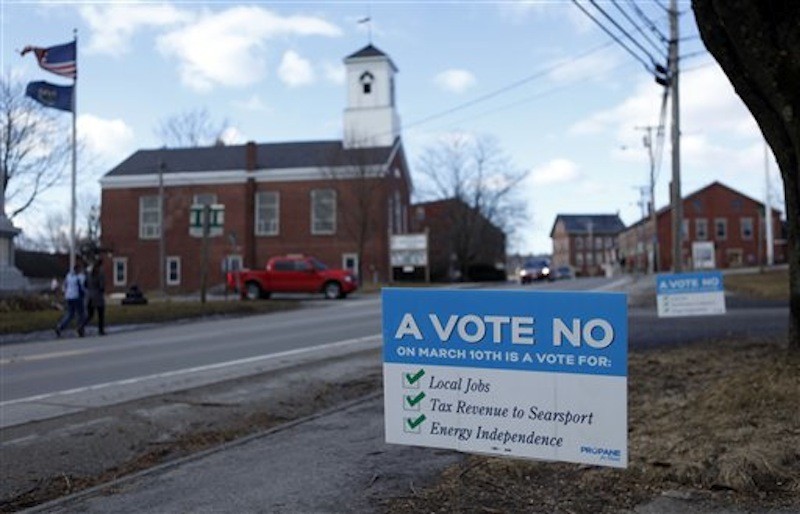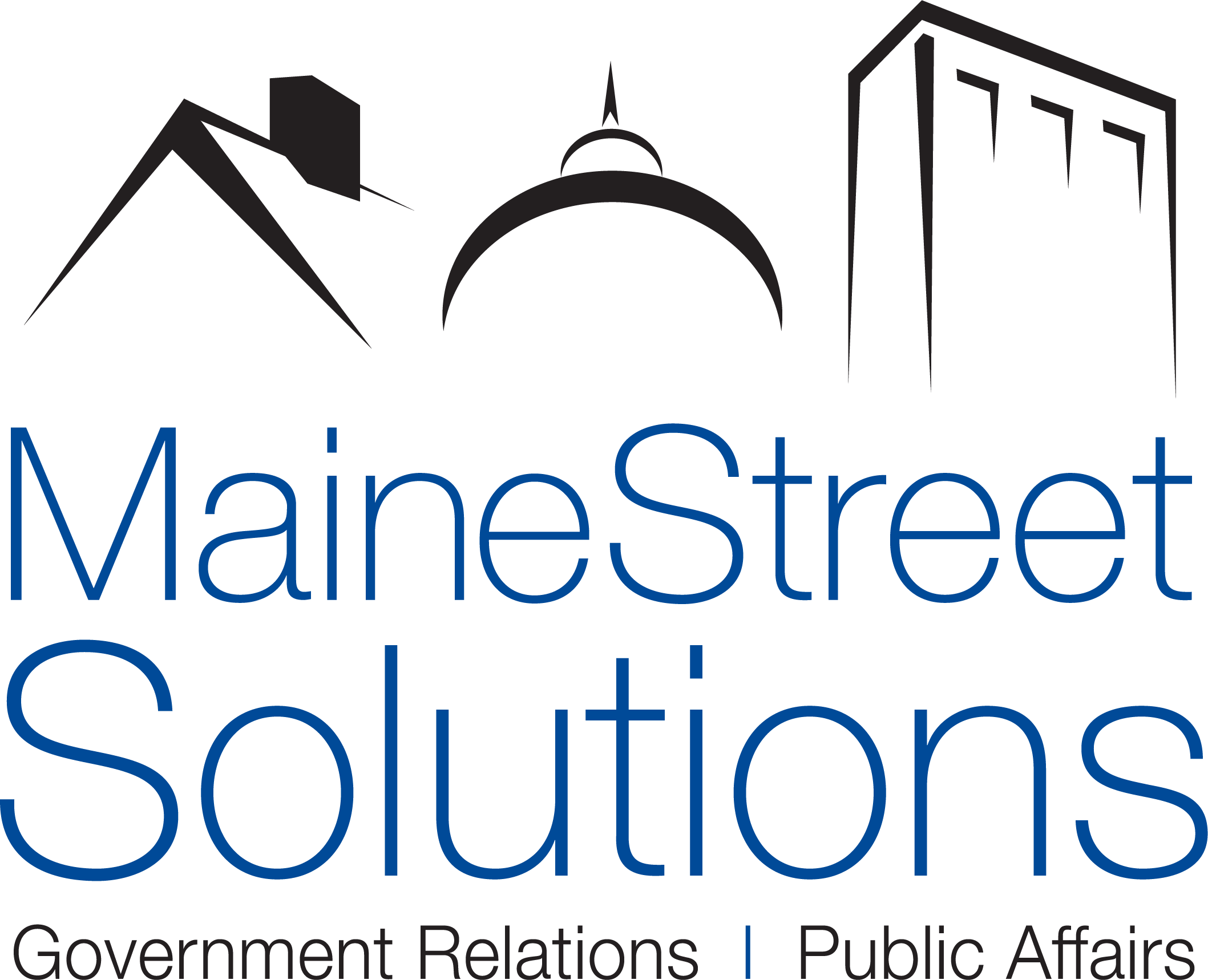Searsport, Maine LNG Facility: Grassroots
In December of 2012, Maine Street Solutions was contracted to help DCP site an LNG facility in Searsport, Maine. The challenge was a town issued moratorium that would need to be lifted via the vote of a town meeting scheduled for March.
Maine Street used a multi-faceted approach to the siting by implementing an aggressive grassroots strategy, while developing a robust earned media component aimed at defining the debate around jobs and the economy.
The grassroots strategy played out over two months where MSS employed several field personnel over a field director that identified key supporters of the initiative and then turned them out for the vote.
The identification process took 30 days of door-to-door activity that was later followed by 30 days of persuasion. Persuasion tactics included direct mail, buddy-to-buddy phone calls (calls from supporters to persuadables) that were followed by an automated ID “horse race call” the week prior to the meeting.
Throughout the grassroots campaign, MSS was also engaged in voter contact through earned media and community relations. We helped to identify several key stakeholders that were used as both spokespeople for the campaign—and as leverage to help build more support. As spokespeople, the supporters wrote letters to the editor, went on talk radio shows and penned op-eds in support of locating the facility in Searsport.
Efforts to identify key stakeholders and engage them in the discussion also resulted in the development of two events to help define DCP as a company, and tell the story of what the facility would mean to Searsport. The first event, a town hall, utilized members of the DCP Executive Team talking with residents in the town and answering questions on the issue.
Town Hall meetings are not always effective, especially when done during a contentious debate. This meeting, however, worked extremely well and provided supporters and detractors alike the opportunity to voice their opinions. The Town Hall was immediately followed up with a three-page booklet in Q&A format outlining exactly what was said during the meeting. The Town Hall was also followed three weeks later with a job fair in which local residents could talk with people from DCP and apply for positions that would be open once the facility was sited.
The weekend prior to the vote, a final automated ID call was made and “buckets” were finalized for the three-day GOTV list. Using local resources provided the campaign by local stakeholders, every supporter was contacted at least once before the Town Hall Meeting and encouraged to attend.
The final vote reflected the coordinated effort with those voting to lift the moratorium winning by a two to one margin.


